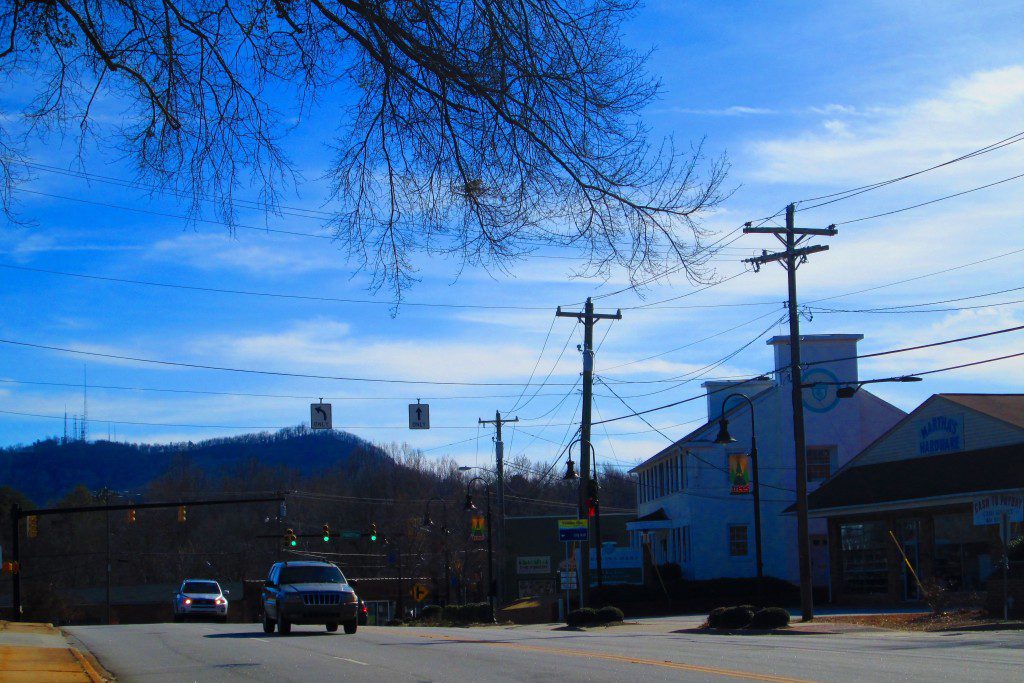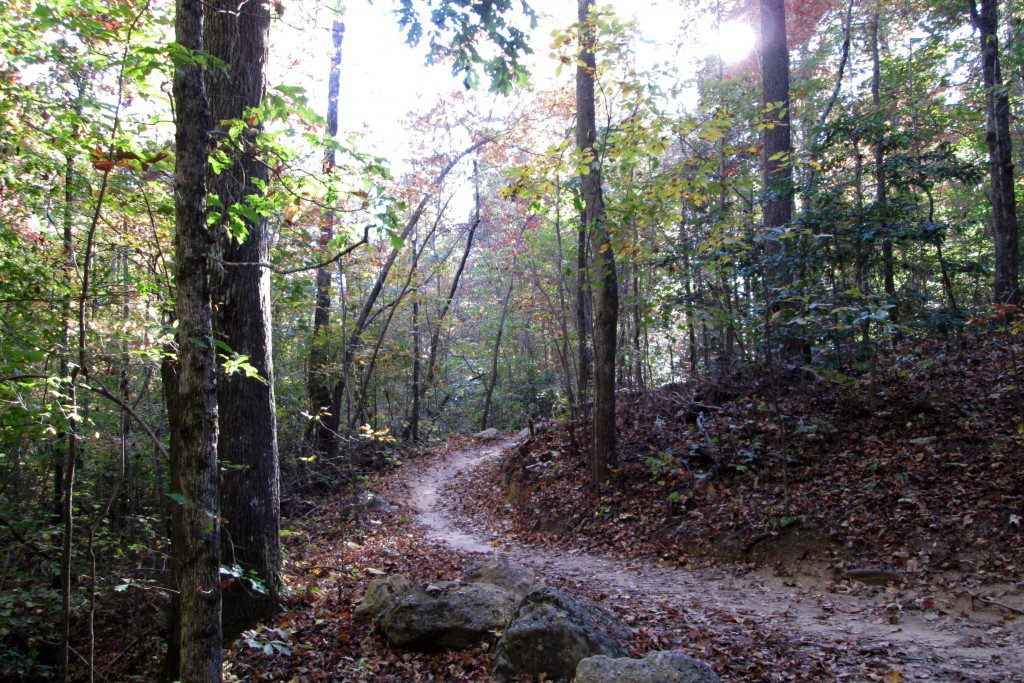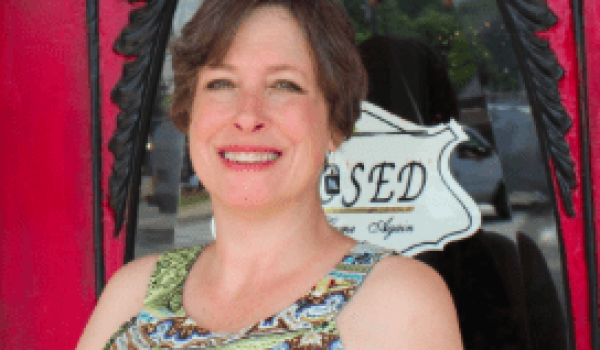You may wonder why a mountain called Paris Mountain casts its shadow on the small town of Travelers Rest in South Carolina. Wouldn’t a mountain like that belong, instead, somewhere in northern France? Well, this peculiarly-placed peak actually earned its name all because of a typo.
Today, those living in and visiting the Greenville area lovingly embrace Paris Mountain as part of the area’s enjoyable outdoor offerings. Everyone looks forward to visiting Paris Mountain State Park sometime in the year, perhaps to go hiking for miles on a chilly day or at other times to beat the heat with a swim in Lake Placid.
Local restaurants like The Cafe at Williams Hardware in Travelers Rest even sell t-shirts and wooden signs that read, “If you can’t see Paris Mountain, you’re too far from home” — a sentiment shared by those who’ve made their home at the base of the mountain for some length of time.
What you may not realize is that Paris Mountain could have just as easily ended up with a different name. In fact, Paris Mountain was more or less what we would today call a misspelling, a typo.

See, the man named Richard Pearis and the mountain named Paris Mountain are linked together in a roundabout, shaken-down-through-history sort of manner.
Here’s how:
More than 300 years ago, Upstate South Carolina was a countryside populated almost exclusively by Cherokee Native Americans. They were the first people who ever settled in this part of the state, and they used the area that makes up modern-day Greenville County primarily as hunting grounds.
One of the first documented white settlers in Greenville County was a man by the name of Richard Pearis. Pearis was an Indian trader and a British Loyalist who moved to the Greenville area from Virginia.
The stories about Pearis vary greatly, and, honestly, none of them paints the romantic picture that you might like to imagine for one of the earliest landowners and namesakes of the Upstate area.
At various points in historical documents, Pearis claimed ownership of more than 1,000 acres, property which included the present-day Paris Mountain.
He also owned over a thousand acres of land in Virginia, where his wife and three children were living when he first embarked on a trading expedition in what is currently northern Greenville County in the mid 1700s.
In Greenville, Pearis helped establish a store for trading and ultimately decided to stay in the area. Land records show that Pearis created a plantation in the Greenville area that included a store and a gristmill, as well as a sawmill.
Those same records show a discrepancy in the information regarding the owner of the land. At times, it seems Pearis had his young half-Cherokee son George listed as the landowner. George would later transfer the property, quite conveniently, to his father.

Naturally, questions arose as to whether Pearis had obtained his land legally or through inappropriate means.
Some records indicate Pearis took advantage of the Cherokee people by supplying them with liquor and then enticing them into heavy drinking before convincing them to sign legal documents that declared Pearis as the property owner.
Other records imply that the Cherokee people offered Pearis large amounts of land as a gift to him.
Still other documentation suggests that Pearis occasionally forged letters — supposedly written by the Cherokee leaders — to the colonists, expressing their intent to hand some land over.
Obviously, Pearis worked hard to gain possession of the land in Greenville, by any means possible.
During the Revolutionary War, Pearis sided with and fought for the British. Even the documents and letters featuring his name and his position in the British army state that his leaders thought him to be useful but a “scoundrel.” They found him “untrustworthy in all ways.”
He was taken as prisoner during the war and spent several months captive in Charleston.
Upon his return home, Pearis discovered that his plantation in present-day Greenville had been burned and completely destroyed. In a story that suddenly shifts to sound like a modern-day tale, Pearis left his family to secure his own safety after the war, moved to the Bahamas, and purchased land there.
He remained in the Bahamas until his death in 1794.
As a landowner in Greenville County, Richard Pearis owned a substantial plantation, and his legacy continued. For years following his departure from the area, the land around the mountain and the mountain itself was simply referred to as “Pearis’ mountain.”
Through the years, the name stuck — although the character of Pearis faded from local memory.
But what about the spelling. How did Pearis Mountain change into Paris Mountain?
Well, strict and standard spelling rules were simply non-existent in the 18th century.
Take, as another example, the town of Travelers Rest, which went by Traveller’s Rest at one point in time.
In fact, Richard Pearis himself spelled his own last name in both manners — as well as a few other variations — on different papers at different times during his life.
But perhaps it’s all the better that today, Paris Mountain reminds us of a European city known for its own beloved local landmark rather than one of the less reputable characters of Greenville’s history.
Notes
Writers: Lacey Kiegley and Celeste Hawkins
Editor: Celeste Hawkins
Photography: Featured image — The City of Travelers Rest; All other images — Celeste Hawkins
Sources
Greenville County website
“Revolutionary War figure Richard Pearis namesake of Paris Mountain” at GreenvilleRoots.com
“Richard Pearis. Paris Mountain. What gives?” by Amy Clarke Burns
“Richard Pearis and the Mobilization of South Carolina’s Backcountry Loyalists” by Jim Piecuch




